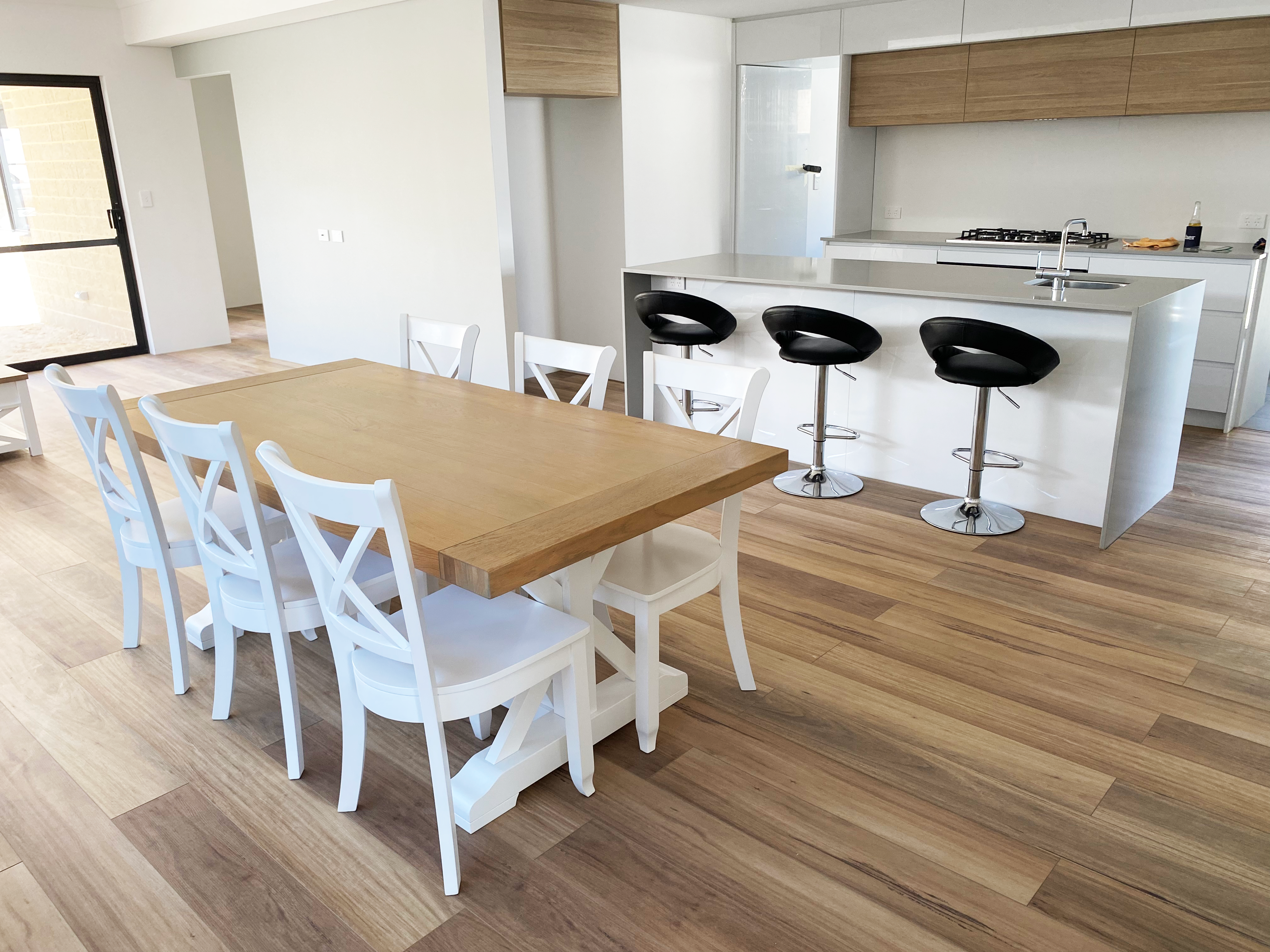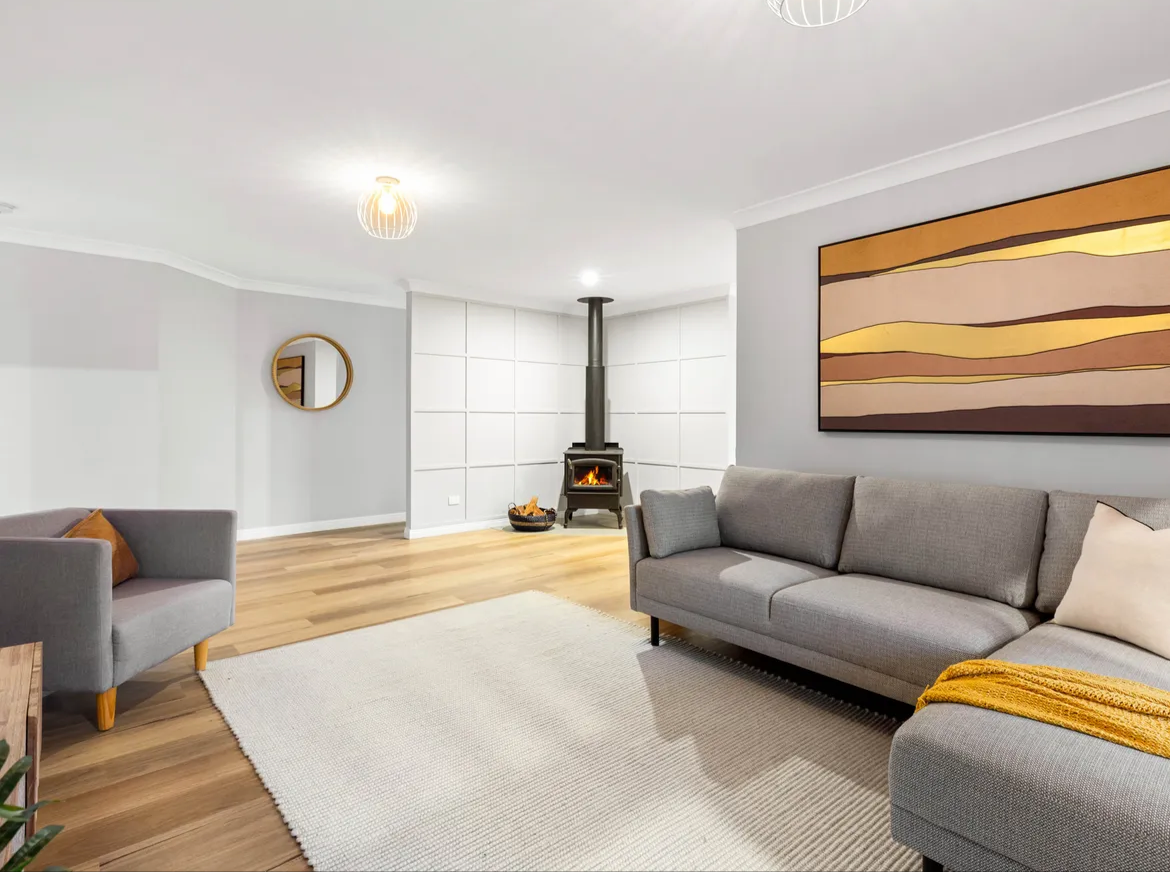
You’ve done the research, looked around at all the options, and decided that Hybrid flooring is the perfect choice for your home or office space - smart decision.
Not only does Hybrid flooring mimic the look and texture of timber with the best performance properties of laminate and vinyl, but it’s also waterproof and highly scratch resistant. An ideal selection for wet areas such as laundries, kitchen and bathrooms, Hybrid will continue to look fresh for years to come.
In even better news, installing Hybrid floors are super DIY friendly. With just a few basic tools and materials, Hybrid floorboards are designed to be laid over your existing flooring, with a ‘click-together’ system that creates a floating floor structure with little more than the rap of a rubber mallet.
Getting Started
The size of the area you wish to floor is obviously going to determine both the amount and length of boards you’ll need, and given the additional height a floating floor creates, you’ll need to double check for door clearance too.
Once you’ve settled on the configuration of your plank design - generally laid at right angles to a window - it’s time to prepare the sub floor. And here’s the really great part, as long as your sub floor is level, you can install Hybrid products over just about any existing surface. Ceramic Tiles, plywood, old solid timber floorboards or concrete - if it’s dry, flat, level and solid, you’re good to go.
There’s no worrying about which type of underlay to use either; Hybrid floorboards come with their own inbuilt underlay, taking care of underfoot comfort, reducing ambient noise and saving on time and money.
Installation
We said easy, and we meant it. The click and lock system involves literally sliding the boards to interlock the side profiles together and then giving it a gentle tap with a rubber mallet to lock it down.
And that’s it. Your brand new Hybrid Floorboards are ready to be walked on and you’re ready for a well deserved round of applause. Today new floors, tomorrow, auditioning for “The Block”.
Click the link for our clear How To Guide with video instructions.
By James Embelton



